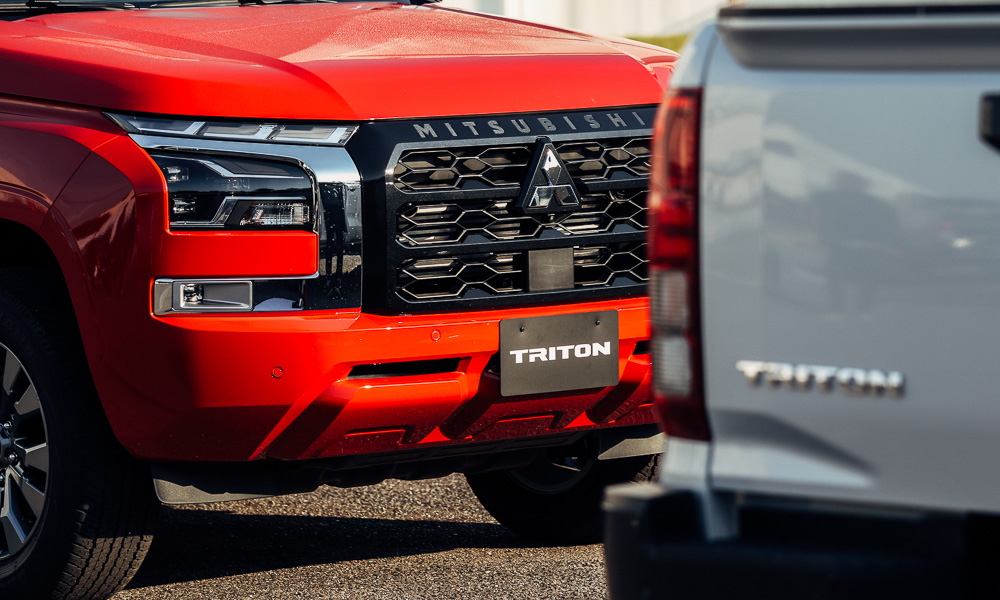
One of the most hotly anticipated pickup truck launches recently is the Mitsubishi Triton. It’s an entirely all-new generation, built from the ground up with a very aggressive face.
With the model’s imminent launch in our country, what better place and time to get acquainted with the truck than at Mitsubishi’s Okazaki plant in Aichi, Japan?
We even got time to sit down and chat with several engineers, including Yoshiki Masuda, Mitsubishi’s chief product specialist. Here are five key takeaways from that experience.

It handles really well. Handling is one of the last things one would think about a large pickup truck, but the people behind this vehicle made sure it didn’t drive like a brick on wheels.
At low speeds, the new electric power steering on the Athlete feels light, yet not too over-assisted to make it feel like you’re driving a toy. As speed increases, steering gradually gets heavier to give you the reassurance you are driving a well-built machine.
For the standard model that lacks it, it still feels a bit heavy, but not the pawis-steering kind that would fatigue drivers on long journeys.
The truck is planted and confident on straightaways, even on loose gravel roads due to the longer wheelbase and the improved chassis tuning. It was eager to take corners in places where I was expecting understeer, mostly due to the Active Yaw Control.
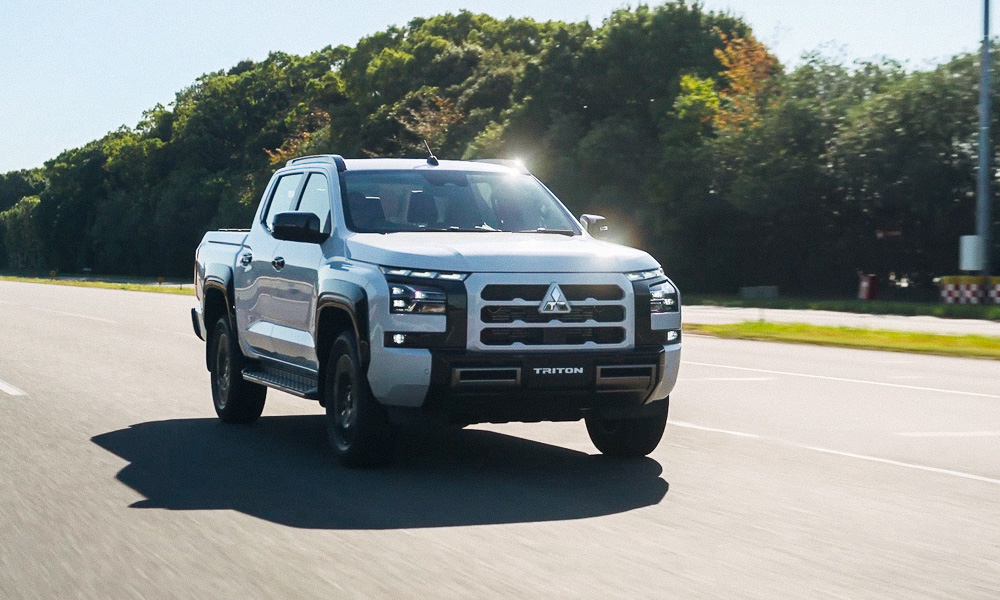

Masuda-san explained that the system would brake the inner front wheel to help the truck turn in, similar to brake-based torque vectoring. I asked why it only applied to the front wheels (unlike the Lancer Evolution’s AYC system), and I was told that it was possible for the rear, but accounting for the varied cargo loads at the back would complicate the system further.
At the hands of their factory drivers, I witnessed them throw the vehicle around high-speed corners (complete with tail-sliding and screeching tires), and the truck didn’t skip a beat despite the rally-style driving it was going through. And to top all of that, all the trucks we drove in were left in 4H mode, which just shows how capable it can be.
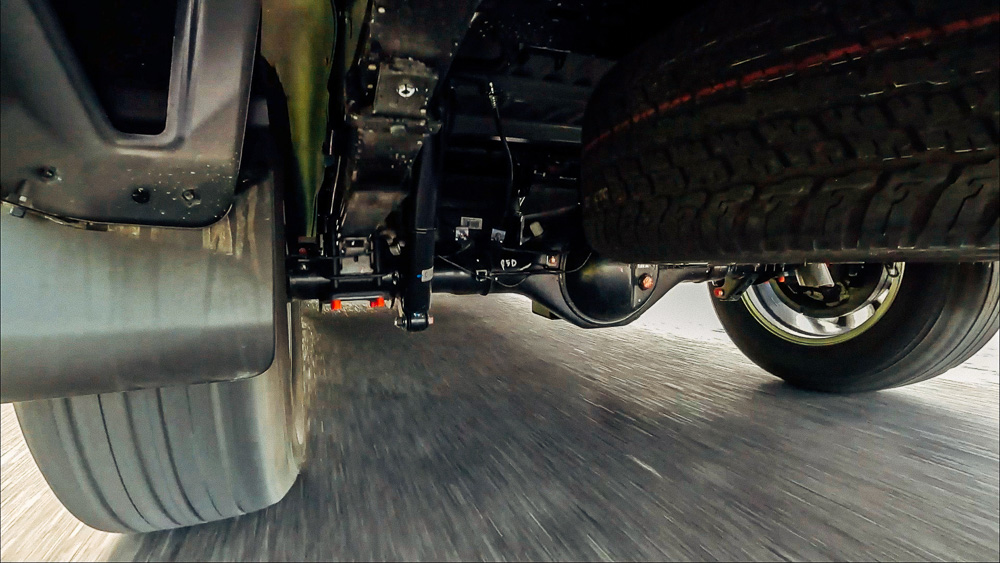
It rides great for a truck with rear leaf springs. When the truck was announced, people bemoaned why Mitsubishi didn’t bother putting coil springs like its alliance sibling, the Nissan Navara.
Well, I can tell you that the suspension setup—rigid elliptic leaf springs at the rear, and coil springs with improved damping at the front—was tuned not to compromise on ride comfort in the name of utility, putting it up there with the likes of the Ford Ranger.
Here’s a fun fact: During the development of the truck, the development team used the roads from Manila to Naga as one of the real-life testing grounds to tune the suspension. With an empty bed and a pockmarked section reminiscent of the middle lane of C5, the truck kept the porpoising effect to a minimum even at speeds of 60-80km/h.
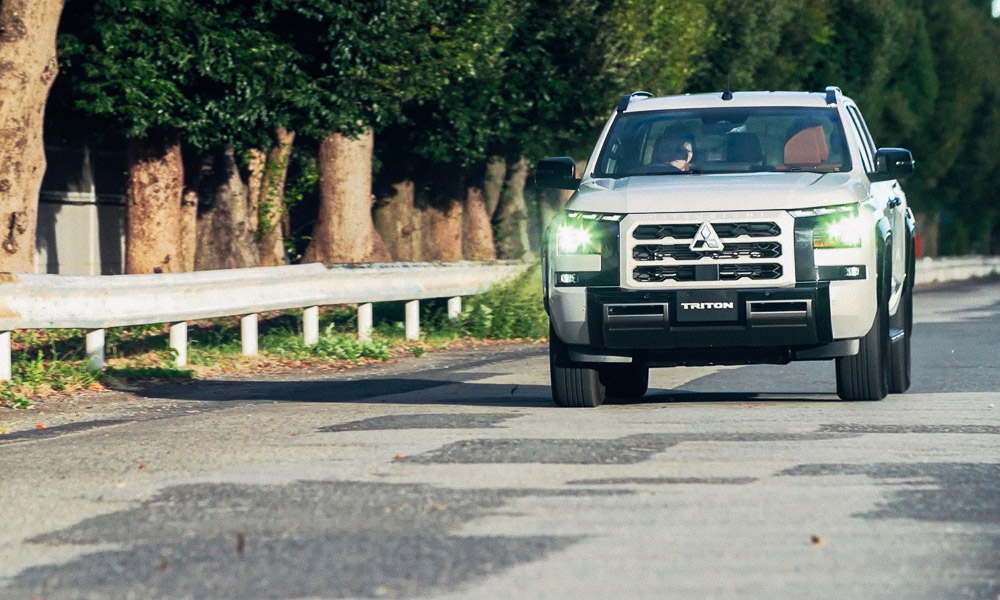
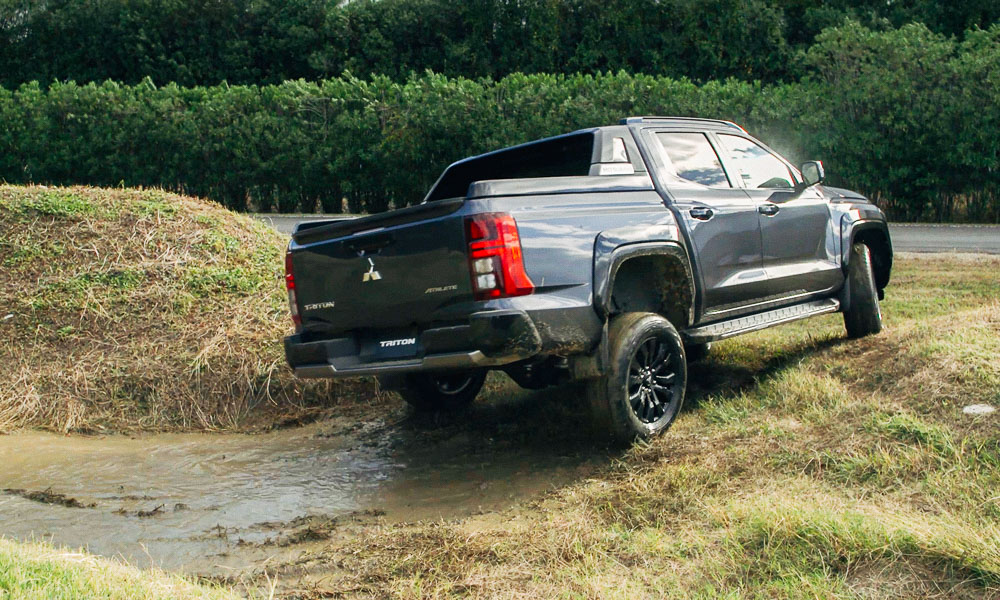

They even brought us to an extremely bumpy off-road course where I felt how stiff the chassis was, and the ride was comfortable despite the horrible conditions. No wonder all three Tritons managed to finish the grueling AXCR 2023 race intact.
And before you all complain, yes, Masuda and his team are actively finding a way to work coil springs into a future version of the pickup.
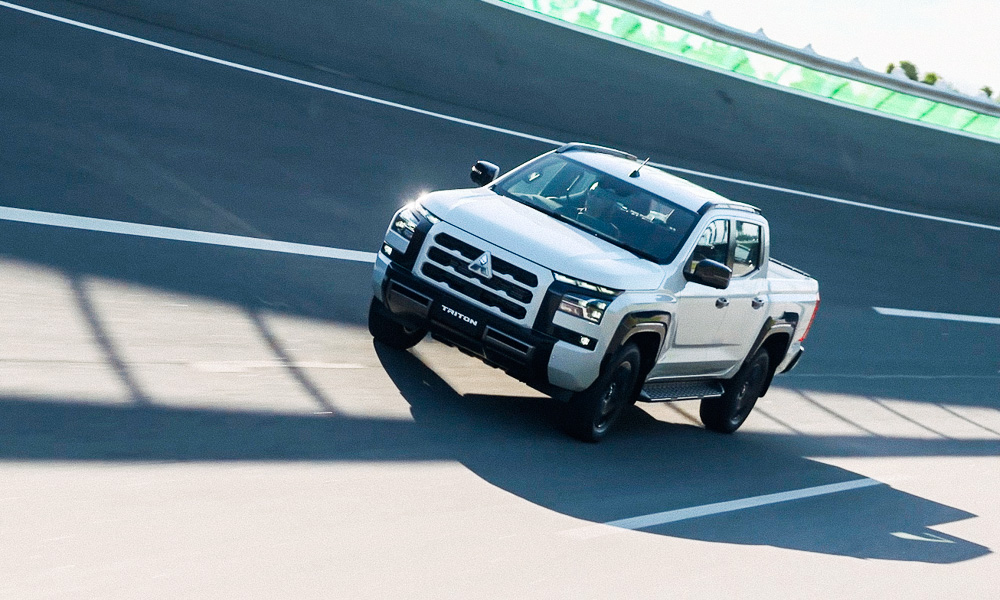
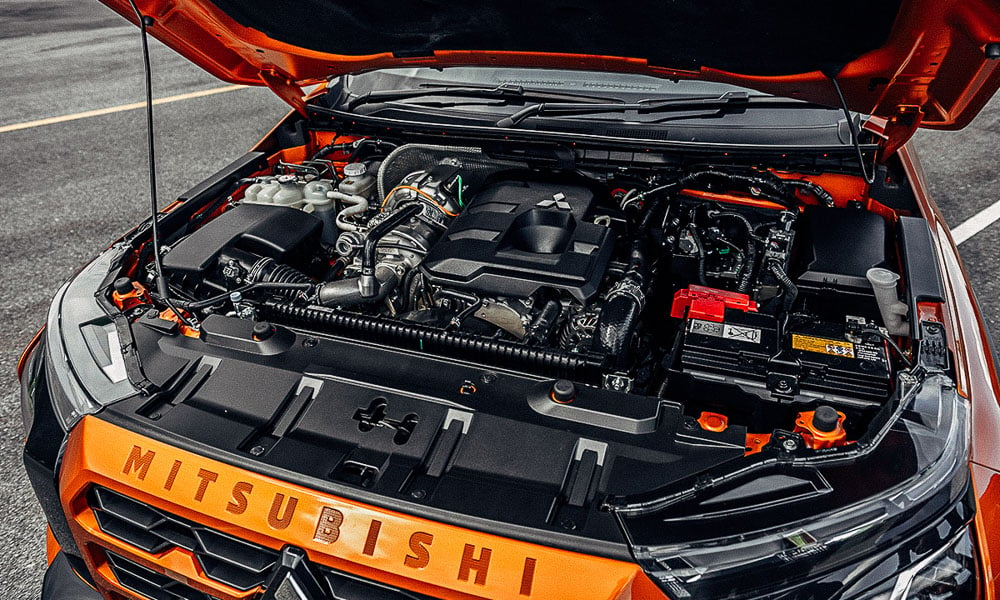
The powertrain is very clever. The 2.4-liter turbodiesel (4N16) underneath the hood may not be the most powerful one out there, but the way it was designed allows it to be more refined and fuel-efficient.
We obviously couldn’t validate the manufacturer’s claims of it being “10-15% more efficient,” but it’s notable how the twin-turbo variant puts 201hp and 470Nm down to the ground in a linear fashion similar to a naturally aspirated motor would.
The two “dynamic pressure” turbos under the hood would work in three stages. Up to 2,500rpm, the smaller turbo does the heavy lifting, then both turbos work together from 2,500rpm to 3,500rpm. Above that, the high-pressure turbo takes over. Clever stuff, indeed.
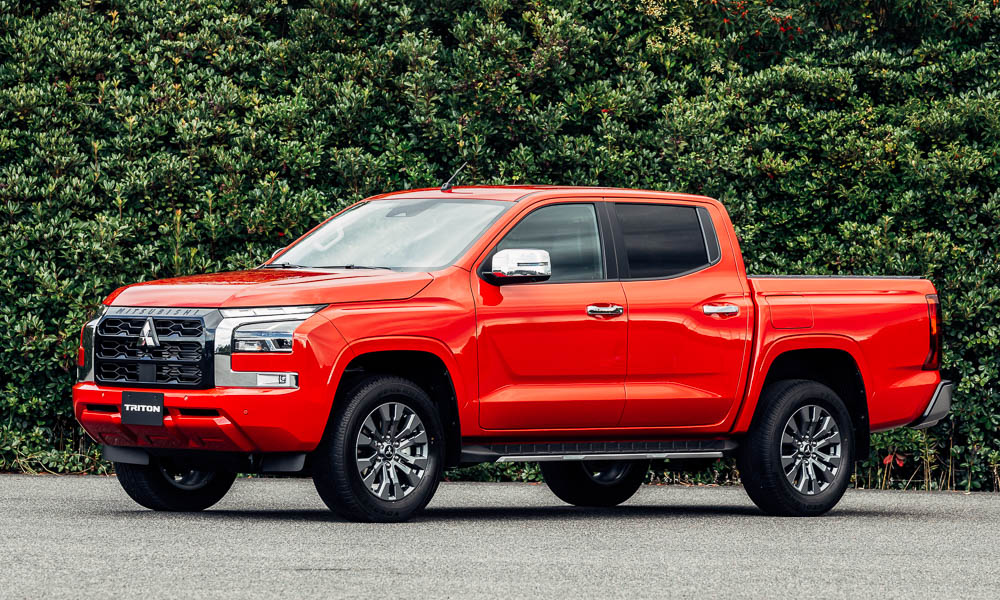
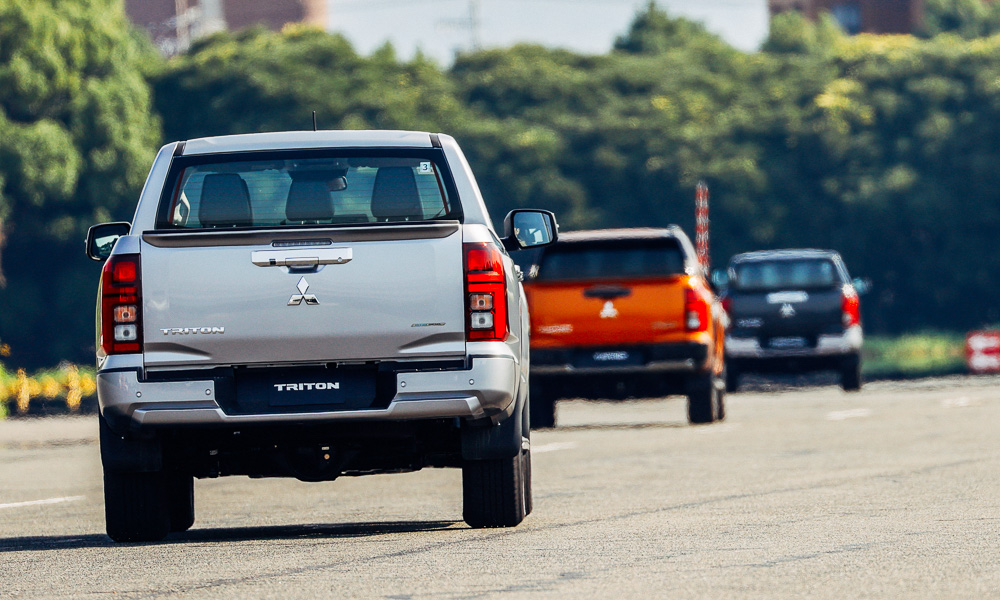
As for the single-turbo variant (output is 181hp with 430Nm), it still is relatively smooth, but I felt the boost kick in at around 2,250rpm after a few seconds of gradual acceleration. It’s still powerful enough for daily use, so those who pick this engine choice will not feel shortchanged.
Asked why the six-speed automatic transmission was chosen instead of the eight-speed automatic transmission found in the Montero Sport, Masuda-san’s answer was simple: The six-speed transmission makes more sense for towing and hauling heavy cargo, and the eight-speed is a lot heavier. Regardless, shifts were smooth and quick on the six-speed auto box, and the manual transmission was reworked for ease of shifting.
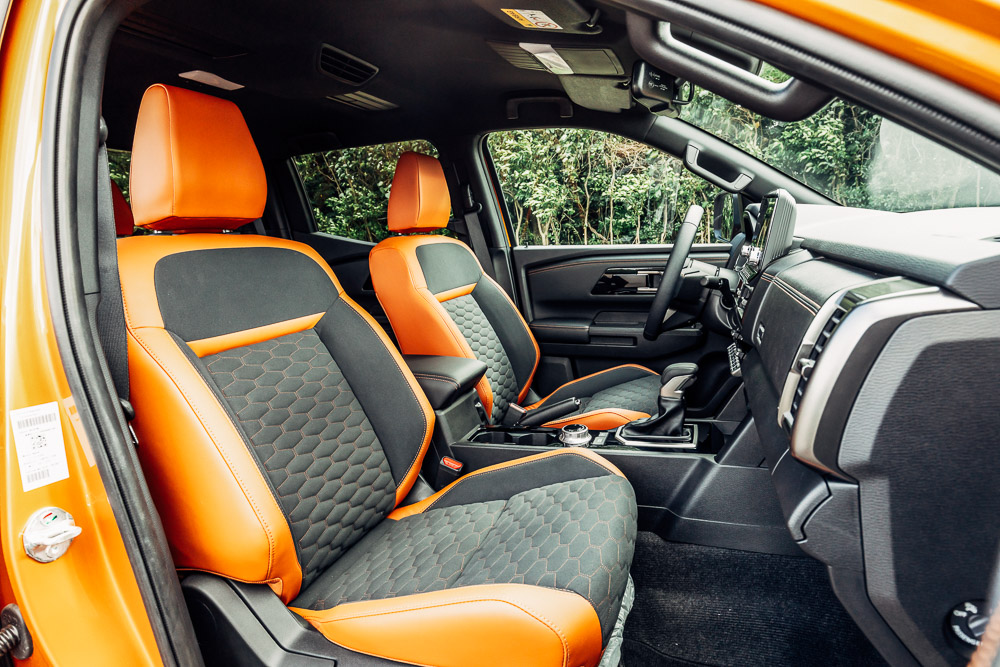
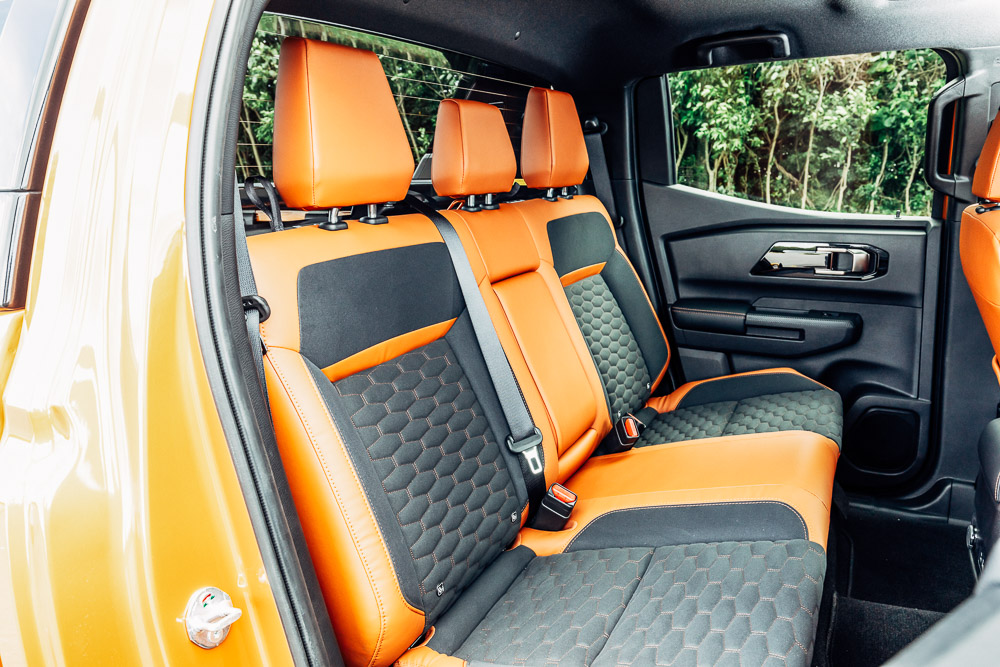
The interior and the added tech bring the new Triton to the top of the pickup heap. The Strada’s interior was the pickup truck’s weakest point, and thankfully this new interior does away with all of that.
It’s a lot more modern-looking and features plush materials all around for a premium feel. There are still some scratchy hard plastics here and there, but you have to remember that this is a pickup truck.
One of the added benefits of the extended wheelbase is the additional rear legroom, which can comfortably fit taller adults at the back, making it more practical as a people mover.


But to address the elephant in the room, there are a lot of shared Nissan bits that can be found in the cabin (like the 360° camera with Moving Object Detection), just with Mitsubishi’s font and graphics painted over them. However, we weren’t able to test out its ADAS suite and its advertised features.
This isn’t a bad thing as they all work great, allowing the engineers to focus their time and resources on more important things in the truck. Unfortunately, people will most likely complain about the rear air circulator, which still lags compared to other pickup trucks that feature proper rear A/C vents or a dedicated climate control zone.
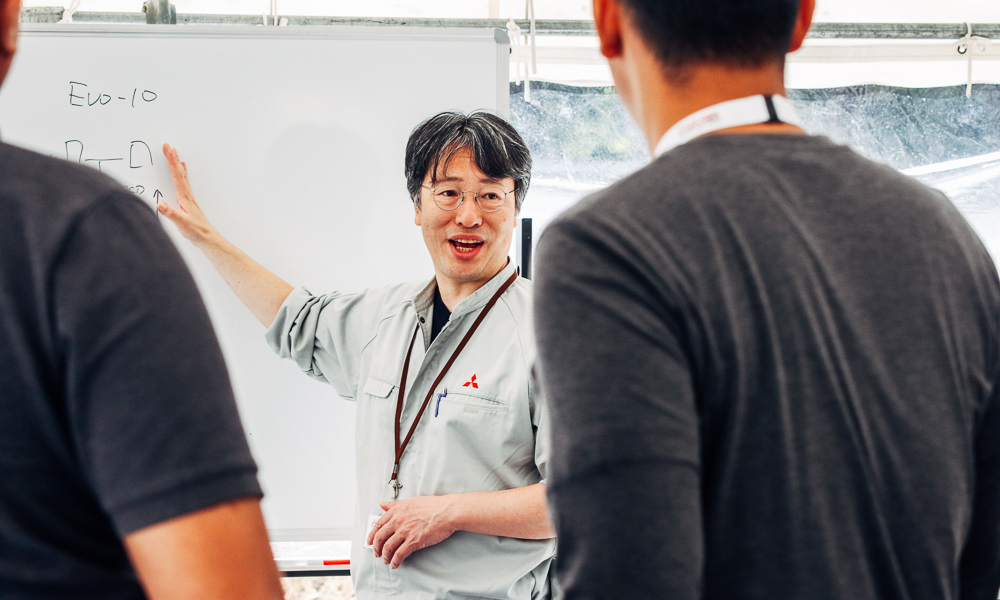
The project is in good hands. I remember watching the Triton’s livestream, when I was caught off-guard by an energetic Masuda-san running across a huge stage while talking about his latest creation. I told one of my colleagues that I would love to sit down and meet the guy.
When we met him on the first day of the motor show, I was surprised to see that he was still beaming with the same enthusiasm that I had seen on the livestream. During the sit-down with him, there never was a dull moment as the man would take on our questions with the same excitement a typical petrolhead has.
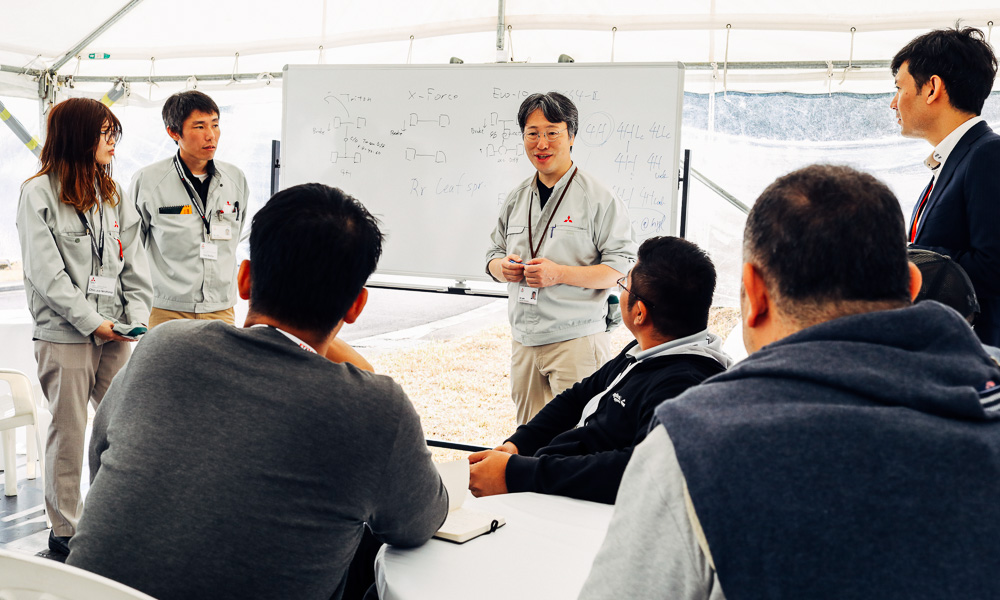
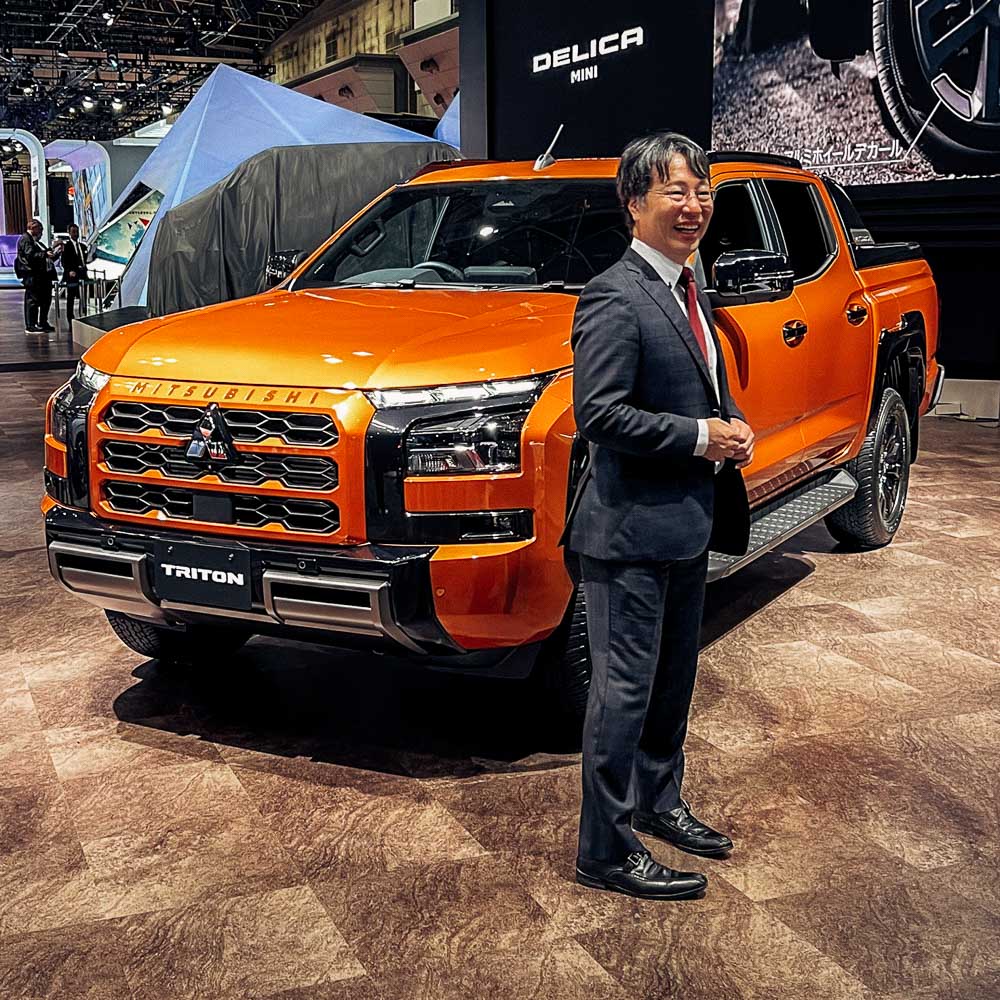
We even tried to ask the team about the idea of a Hilux GR-S and Ranger Raptor fighter. At most, they are aware of those pickup trucks’ popularity around the world, and they do want to build their own version. Understandably, some of the higher-ups present reminded them to shush.
It is always a good feeling to know that the development of a vehicle is handled by people who are passionate, because you know that they are not making products just for profit. Masuda, in fact, hopes that the Philippines will love his “baby” just as much as he does.


0 Comments